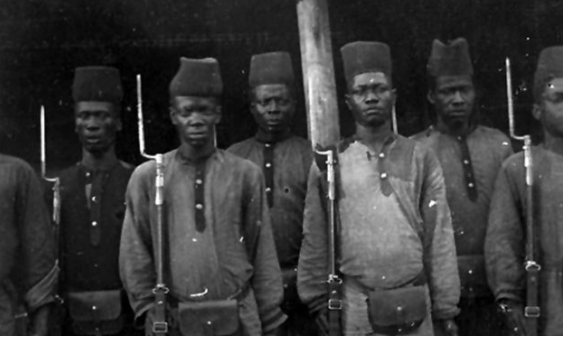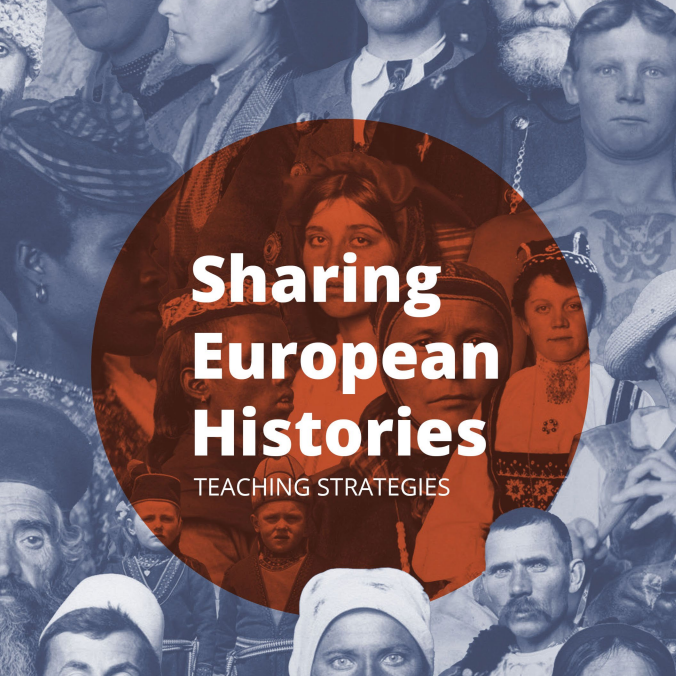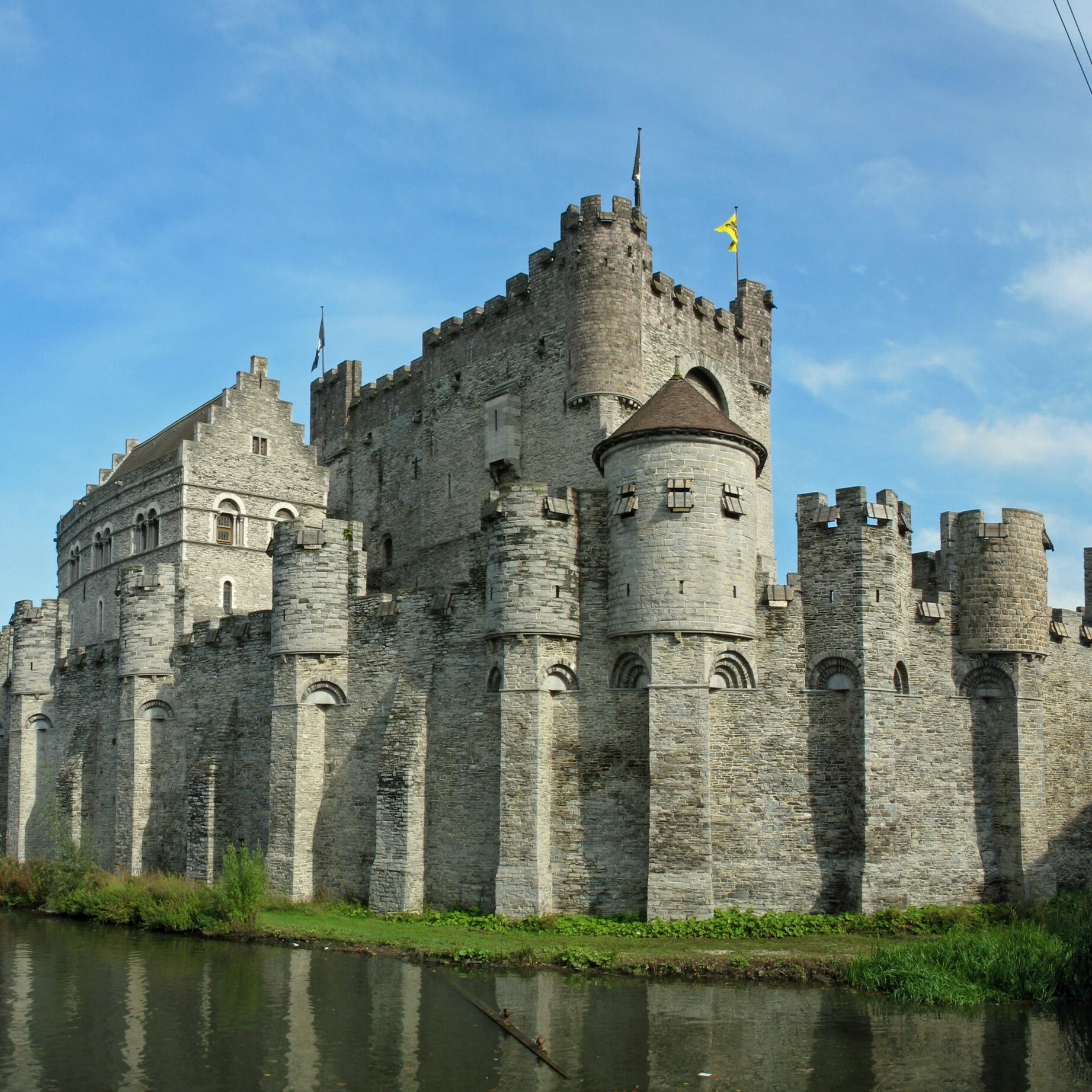In 2019, Singapore commemorated its bicentennial and the 200th anniversary of the arrival of Sir Stamford Raffles to its shores. The innovative approach to addressing the statue of Raffles and the state's narrative regarding his legacy sets this case apart from other colonial-era figures around the globe. Singapore's historical narrative on Raffles reflects the state's role in crafting a coherent, resilient, and adaptable narrative that suits its nation-building agenda. This paper traces the evolution of this narrative, from the state's choice of Raffles and 1819 as the starting point of modern Singapore, to its recent shift towards recognising the island's pre-1819 history as well without overtly contradicting its previous position regarding the role of Raffles. This case study is useful for understanding the role of the state in determining national discourse on colonial histories, and unearthing how investigating silences can be as enriching as tracing visible contestations.
To see the full case study click here.

Football, Colonialism and Migration

Sharing European Histories – Teaching Strategies

Expeditie Vrijheid, a Dutch heritage project in the province of Overijssel

Launch of the Climate Change Educational Kit of In Europe Schools in Dutch!
At the request of the Liaison office of the European [...]

How to bring heritage to the classroom: A teaching practice from Belgium





